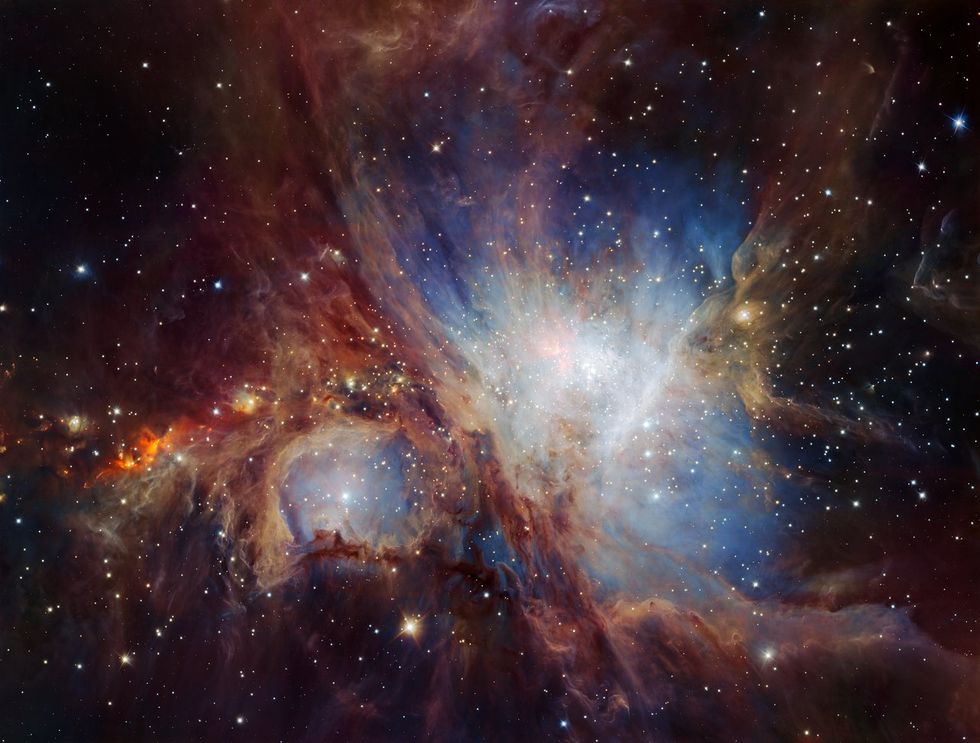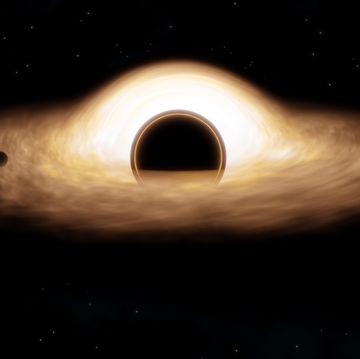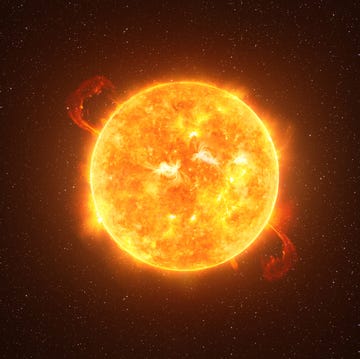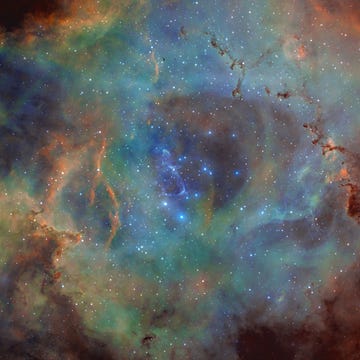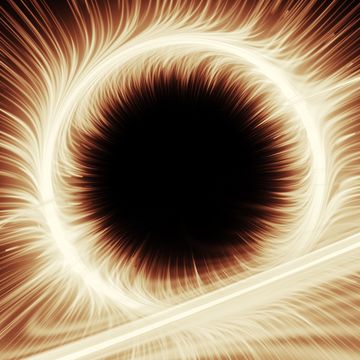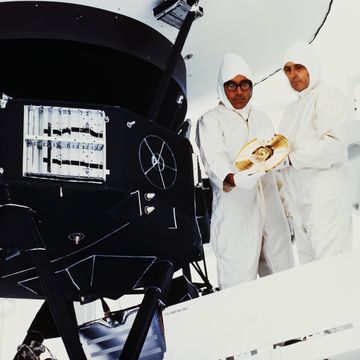Astronomers at the Very Large Telescope (VLT) in Chile have announced that they have taken an image of the Orion Nebula that is the deepest one yet, revealing hidden structures that could change the study of star formation.
The Orion Nebula is a region in the constellation of Orion. It's visible to the naked eye as a small fuzzy patch in Orion's sword. The nebula itself measures about 24 light years across, and is about 3 million years old. Nebulae like Orion are areas of active star formation, where gas and dust from interstellar clouds collect and form stars.
Astronomers at the VLT used the HAWK-I infrared instrument to image the Orion Nebula in much greater detail than before, and they discovered a surprisingly large amount of brown dwarfs, which are small stars that are much less massive than the Sun. These low-mass stars were previously undetectable, and their presence suggests that there may be even smaller objects in the nebula that we can't detect yet, like planets.
These low-mass objects are going to become more detectable with the launch of the European Southern Observatory's upcoming telescope, the European Extremely Large Telescope. The E-ELT is scheduled to begin operation in 2024, and one of its goals will be to examine nebulae like Orion for more of these low-mass stars and planets.
"Our result feels to me like a glimpse into a new era of planet and star formation science," says lead scientist Holger Drass said in an accompanying statement. "The huge number of free-floating planets at our current observational limit is giving me hope that we will discover a wealth of smaller Earth-sized planets with the E-ELT."
The discovery by the VLT, and future discoveries by the E-ELT greatly benefits the search for planets outside our solar system, and could (knock on wood) aid in our search for extraterrestrial life.
Source: ESO
